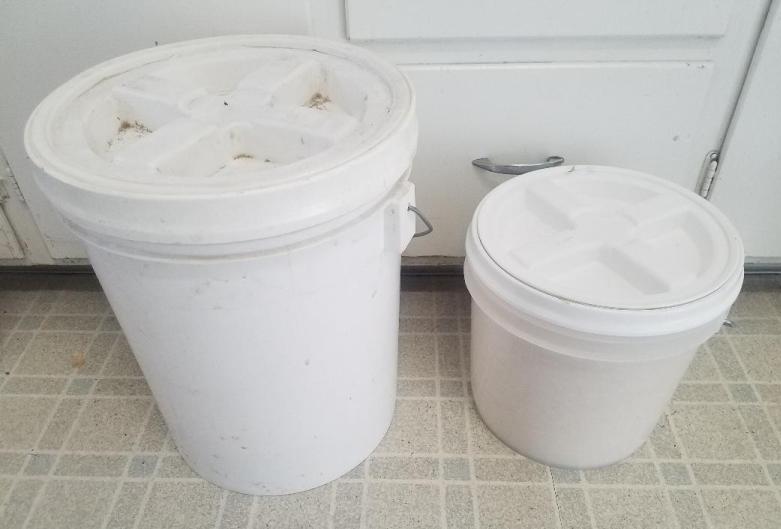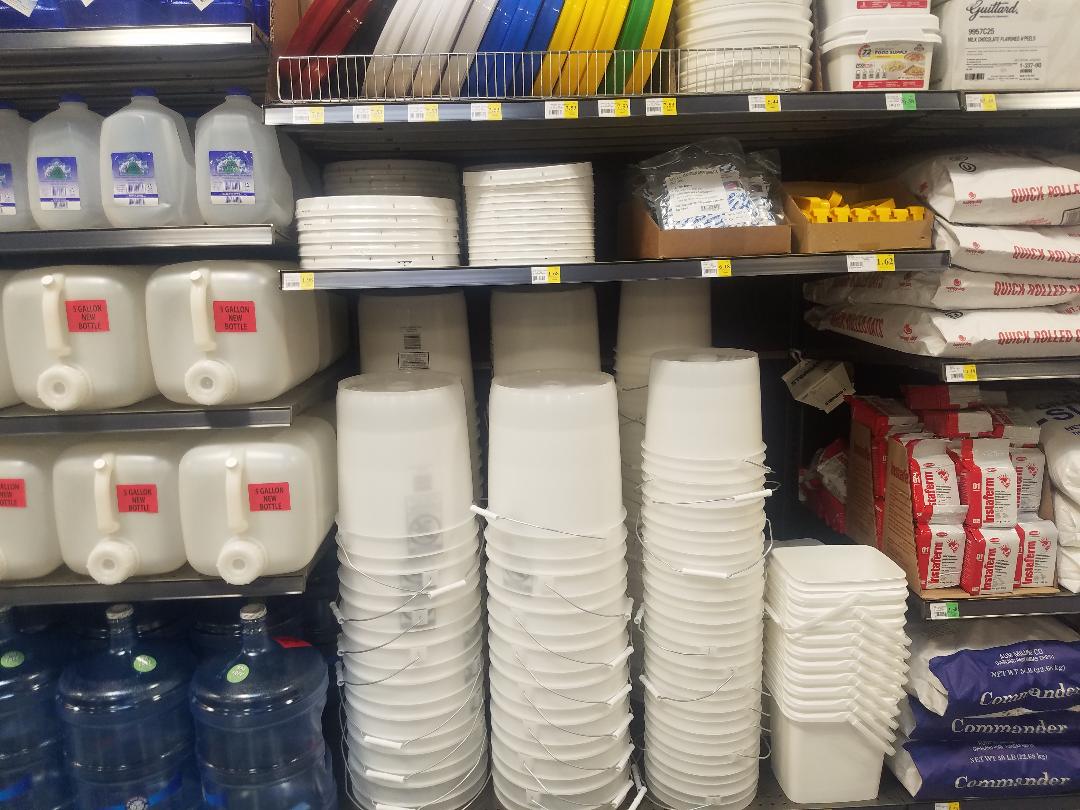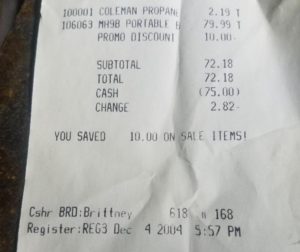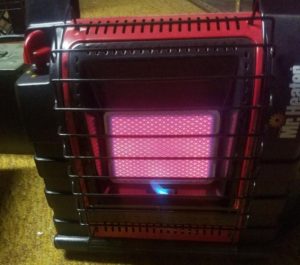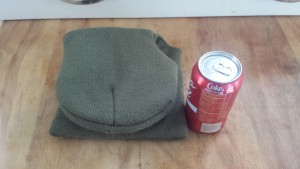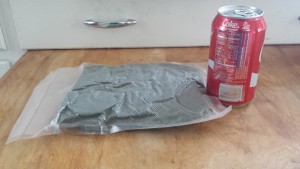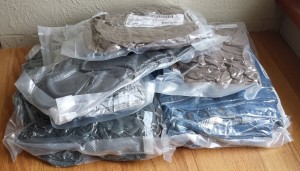Someone asked me in email about what I do, if anything, to package guns for the Deep Sleep. It’s probably a disappointment to most folks who are expecting some sort of long list of ritual greasing, packaging, preserving, etc., but….I really don’t do very much.
Any gun I’m packing away is a gun that probably has a history of ruggedness, durability, and survivability. I’d package up a nice blued Colt Python a lot differently than I’d package up a Glock. Because the guns I’m putting away are usually mil-spec in terms of material and finish, they are already enjoying a head start on being resistant to the threats posed from long term storage.
Really, for most guns all I do is clean them thoroughly, lubricate them normally, pack them into a quality hard case with dessicant, and thats really about it.
I’ve handled guns that have sat around for fifty years in closets, under beds, in attics, hidden in barns, etc, etc. These were guns that were not given any special treatment nor stored in any purpose-built gun vault. Problems encountered have been:
- Rust – This is usually the most obvious problem. It can be a light freckling all the way to full-blown rust. The cause is, obviously, moisture. The source could be just the ambient humidity in the air, like if you live in Florida, or from an environmental scenario such as leaving the gun leaning up against an object like a furnace duct or other feature that has high temperature swings. The solution is to store in a case that is as airtight as possible along with a handful of dessicant. Most of the guns that I pack away for Der Tag are guns that are already pretty rust-resistant…Glocks, parkerized guns, etc… so I can give them less consideration than, say, a nicely blued Rem 700 or something.
- Bore obstructions – Be honest…do you always, religiously, without fail, check the bore of a gun that has just come out of storage before you shoot it? Most people do not. I’ve seen plenty of barrels with cobwebs in them, old cleaning patches, and on at least one occasion a mud daubers nest. Some folks say you should plug the bore of the gun with a foam ear plug to prevent anything from getting in there. I worry that traps moisture inside the barrel. I clean my bores thoroughly, run a lubed patch through, then follow up with a few dry patches, and leave it at that. And I always check for obstructions when pulling a gun out of storage.
- Dried grease – On older military guns (SKS, Mosin Nagants, Mausers, etc) guns were preserved by using copious amounts of grease…not oil. SKS rifles were notorious for having huge amounts of grease saturating them, this method preserves things beautifully but it is an enormous task to get all that grease out of a gun. I’ve had guns that, literally, sweat grease out of the stock when they heat up and this is years and years after I initially got the gun and cleaned it up. Grease that has dried up forms a crusty, hard residue that requires nothing less than sitting around for hours with a heat gun, rags, and dental picks to clear up.
- Dust mixing with oil – overlube a gun and the oil pools and starts collecting dust, which becomes a sludge, which eventually becomes a caked on mess. I lube a gun thoroughly and then use a rag to try an wipe off the oil I just applied. This leaves just enough to keep the gun safe without overdoing it.
Virtually all of these issues are resolved by using an airtight purpose-built gun case. The $9 Flambeau or Plano gun case is not good enough. Spend $200 and get a Pelican or Hardigg case. A lot of cases, at half the price, claim to be ‘as good as’ or ‘just like’…they are not. When you have to pull your genuine Belgian FAL or pre-ban HK93 out of the rafters, that is not the time to find out that your bargain case that saved you $50 had a crappy O-ring gasket and one side of your rifle has a nice orange sheen to it. The one good and cheap(er) alternative is when it comes to handguns – a genuine US GI ammo can, with good seals, is a perfect container for pistol rug, with dessicant, holding your preferred handgun.
The next question is probably “What else do you store with the guns? Ammo? Tools?”
Storing ammo with the gun is a bit iffy, IMHO. Why? Because the well-oiled gun is in an airtight case. Leave some ammo in there and I suppose there’s a possibility of oil contamination rendering the ammo unreliable. Big if, sure…but if things have gotten serious enough you’re pulling Ol’ Painless outta storage then things are serious enough that the last thing you want is ammo of questionable reliability, no? As an aside, I pack ammo in perfect/good condition military ammo cans. Metal ones. Not the plastic ones that when dropped on a hard surface shatter like my dreams and hopes.
Remember guys, guns have only two natural enemies: rust and politicians.
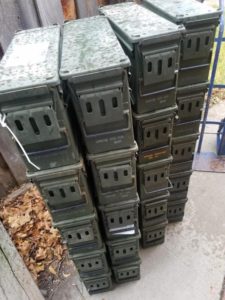 Behold the new home of a rather embarrassingly large quantity of Magpul magazines in various calibers.
Behold the new home of a rather embarrassingly large quantity of Magpul magazines in various calibers.

